Understanding How Urbanisation Trends Influence Building Practices
The global urban population is expected to reach 80% by 2050; that’s how rapidly urban cities are growing around the world. Why? Because of an increase in the number of people moving to big cities in search of better job opportunities and a higher standard of living. In India, the urban population is expected to increase by another 60% in 203 than it is now. By 2050, there will be 416 million urban dwellers, making India one of the fastest urbanising countries in the world.
This rapid urbanisation has resulted in a significant change in construction trends across the world. For instance, a decade ago, people were focused on assessing the structural strength of a building, with aesthetics getting little attention, sustainability taking a backseat, and the time-intensive nature of the construction being constant. However, today, due to growing awareness about sustainability, customers now seek to invest in smart and eco-friendly structures. Prefabricated construction technology is a new-age innovation in the construction realm that uses sustainable building processes and materials for homes, offices, and more. Hence, prefab construction in India and across the globe is gaining a lot of traction.
This blog discusses how urbanisation has influenced global and Indian construction industry trends, and how Nest-In aligns with these trends by providing sustainable prefabricated construction solutions.
The Impact of Urbanisation on Construction Trends
As more and more people move into urban areas, the demand for housing, modern amenities, and infrastructure increases significantly. This change is highly influencing construction trends. Let’s have a look at some of the global trends and Indian trends.
Global Urbanisation Trends
Rapid urbanisation is reshaping cities worldwide, driving demand for sustainable and efficient construction solutions. Key trends in global urbanisation include:
Vertical Expansion
By 2050, more than 6 billion people will live in urbanized areas with a crowded and cramped atmosphere. Furthermore, according to the Sustainable Urbanization Policy Brief, urban centers currently occupy less than 5% of the world’s landmass. As urban areas become increasingly congested and with limited land space to expand, there's a growing emphasis on vertical expansion, with high-rise buildings and skyscrapers dominating city skylines. This allows construction companies to erect structures that can accommodate a large number of residents in limited land parcels.
Smart Cities
The rise of smart cities - leveraging technology to enhance urban living - is a prominent trend. From smart infrastructure to intelligent transportation systems, cities are embracing innovation to improve efficiency and sustainability.
Sustainable and Green Construction
With concerns about climate change and environmental degradation, construction companies across the globe are investing in sustainable construction practices. The global green building market is expected to grow at a CAGR of 10.2% from 2021 to 2028, reaching more than USD 500 billion by 2028. Green buildings, prefab construction, renewable energy integration, and eco-friendly materials are becoming standard in urban development projects.
These top urbanisation trends on a global scale highlight the reality of our construction needs for the future. Now, let’s look at the cascading effect into India, where rapid urbanisation has led to similar trends.
Indian Urbanisation Trends
India is experiencing rapid urbanisation, with millions migrating from rural to urban areas for better job opportunities and living standards. Key urbanisation trends in India include:
Urban Sprawl
Indian cities are witnessing rapid urban sprawl, leading to overcrowding, traffic congestion, strain on infrastructure, and increased environmental pollution. Hence, many construction companies in India are focusing on vertical expansion and increased investment in green and prefab construction to make optimum use of land space, accelerate construction timelines, and reduce environmental degradation.
Infrastructure Development (Prefabricated Structures, Smart Cities, & Green Construction)
To accommodate the growing urban population, there's a significant focus on infrastructure development, including transportation networks, utilities, and public amenities. Construction companies are paying more attention to building sustainable structures and implementing green construction practices that do more good than harm to the environment.
In response to the demands of urbanisation, advanced construction technologies such as Building Information Modeling (BIM) and prefab construction technology are becoming increasingly prevalent in India. These technologies enable developers to streamline processes, enhance efficiency, and contribute to sustainability.
The Nest-In Solution
Nest-In from the house of Tata Steel is a leading provider of prefabricated construction solutions in India. The company aligns with several positive trends and elements shaping urbanisation and construction in the country.
Expansion Into Vertical Spaces
Nest-In offers innovative prefab construction solutions to accommodate the requirements for high-rise buildings and vertical expansion projects, enabling efficient construction and maximising space utilisation in urban areas. Nest-In's prefab structures provide increased carpet area with 10 to 15 percent more usable space than RCC structures.
Building Smart Cities
With a focus on technology-driven solutions, Nest-In integrates smart features into its prefab buildings, supporting the development of intelligent and sustainable urban environments. One such product is Nest-In’s Smart EzyNest, a smart plug-and-play sanitation solution to serve communities.
Promoting Sustainable Construction
Nest-In prioritises sustainability in its construction practices: offering energy-efficient designs, green building solutions, and optimised utilisation of resources to minimise environmental impact and promote sustainable development. Its construction processes use 48% less water and 65% less material sources than RCC construction methods, and have 53% less greenhouse gas impact, too.
Providing for Diverse Socio-economic Needs
Nest-In offers prefab construction solutions catering to all requirements.
Nest-In’s HabiNest solutions are ideal for businesses, governments, and educational and medical institutions. MobiNest is a range of portable steel cabins that come in customisable sizes and are designed to meet the fast-paced needs of the modern business and consumer world. Nest-In’s EzyNest and Smart EzyNest are modular plug-and-play sanitation solutions for public health needs. Nest-In’s Nestudio offering provides prefabricated housing solutions for individuals across the country.Smart EzyNest are modular plug-and-play sanitation solutions for public health needs. Nest-In’s Nestudio offering provides prefabricated housing solutions for individuals across the country.
Matching Pace With Rapidly Changing Trends
Urbanisation significantly impacts construction trends, shaping cities that are built and developed today. From vertical expansion to sustainable construction practices, addressing the challenges and opportunities of urbanisation requires innovative solutions and strategic alignment with positive trends. Nest-In's commitment to efficiency, sustainability, and technological innovation positions it as a key player in meeting the evolving needs of urban development in India and beyond. If you are looking forward to investing in resilient and sustainable prefab construction solutions.
Posted in Nest-In on Apr 02, 2024.
Contact us
Recent Post
Embracing Sustainability: The Growing Importance of Green Building Certifications
Crafting a High-Quality Spacious Canteen in Jamshedpur
Adapting to Climate Change: Resilient Construction Practices
Building Excellence: Inside Nest-In's Approach to Quality, Customisation, and Sustainability
Understanding How Urbanisation Trends Influence Building Practices
Category
- Nest-In 29
- HabiNest 51
- MobiNest 133
- Nestudio 27
- EzyNest 19
- Smart EzyNest 5
- ChargeNest 6
- Covid Offerings 4
- Brand 10






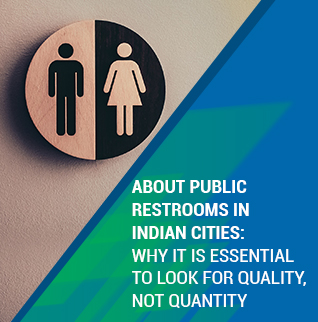
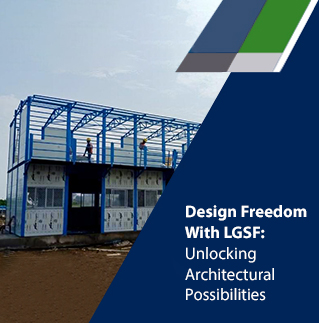
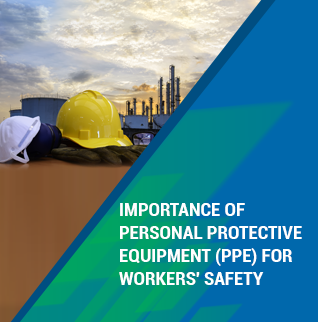
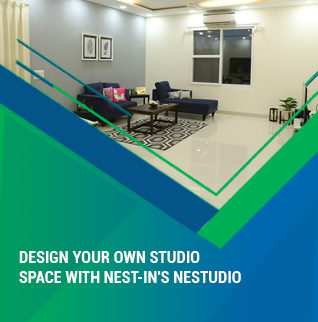


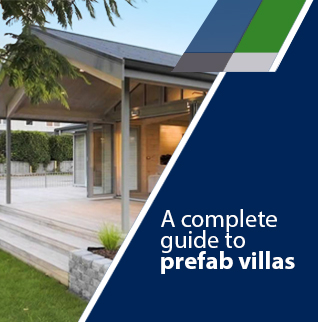
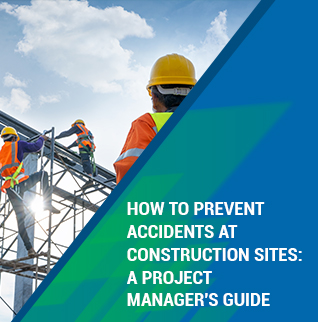
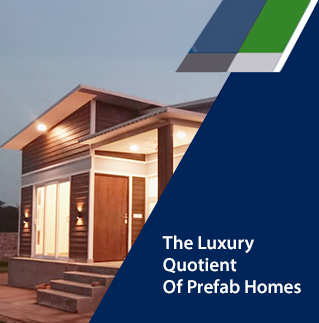
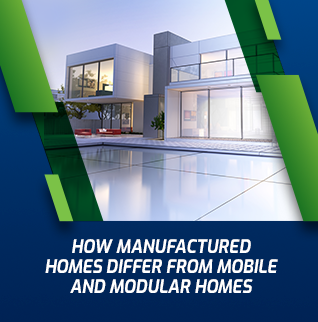
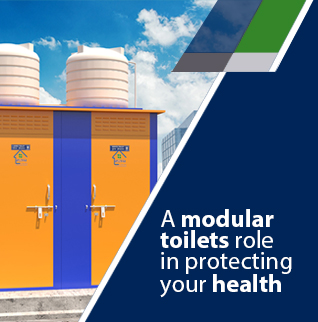
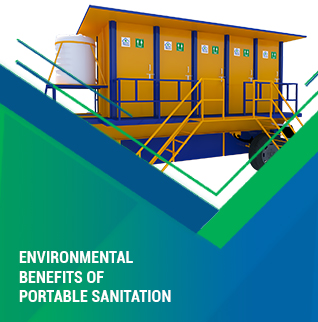

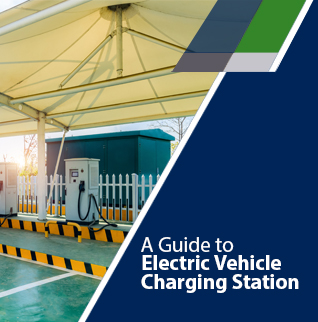
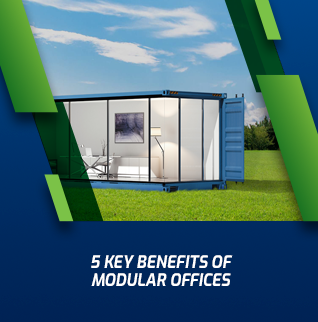
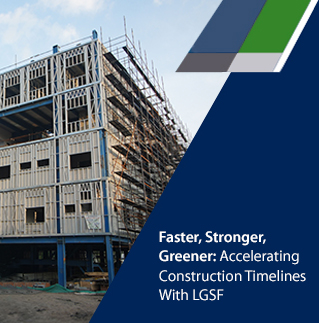
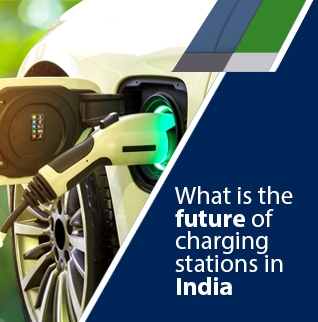
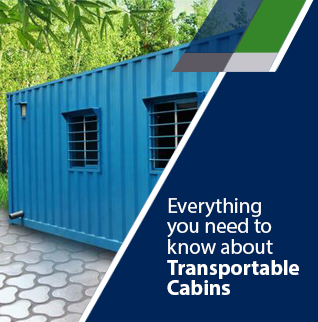
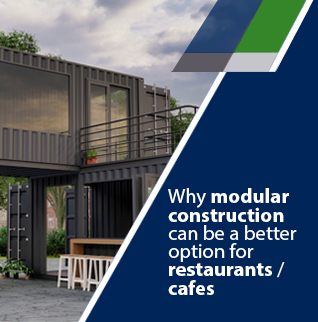
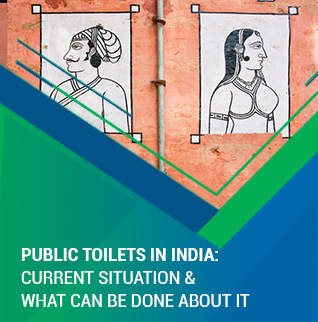
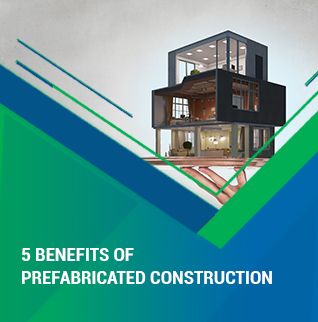
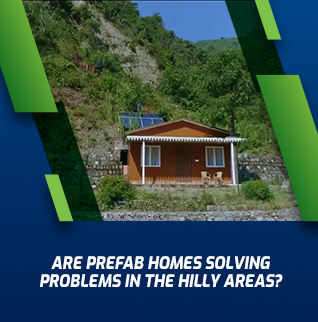
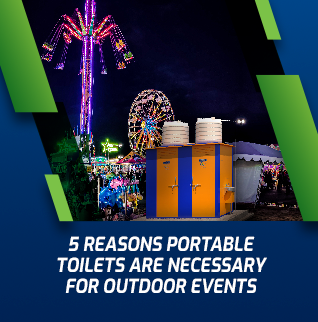
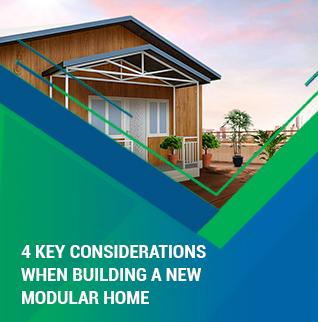
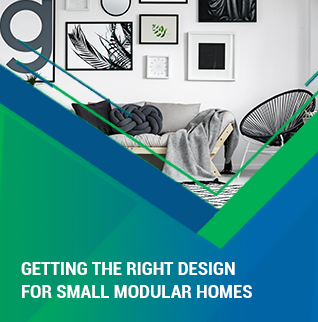
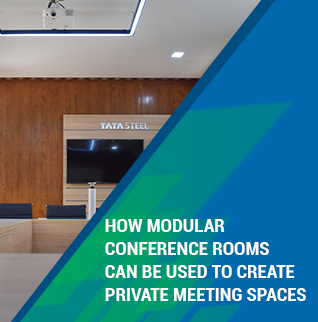
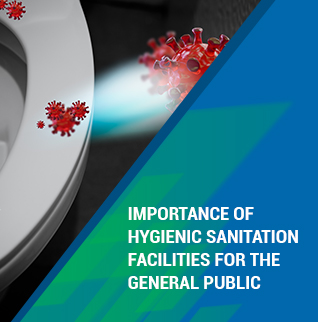
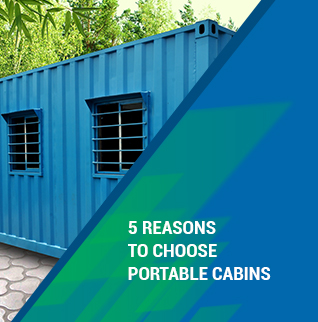
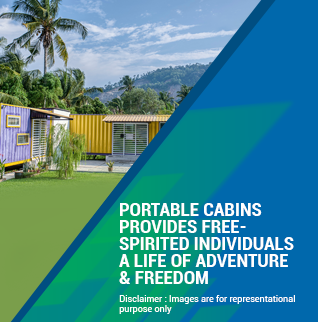
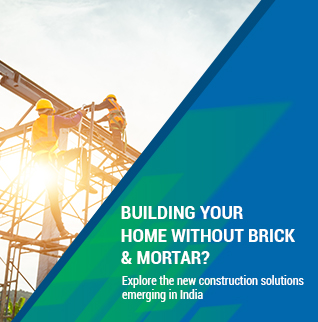
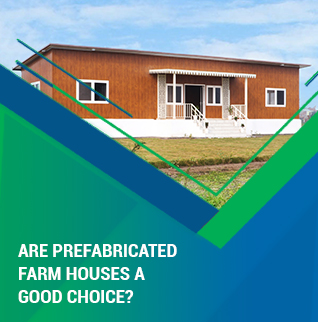

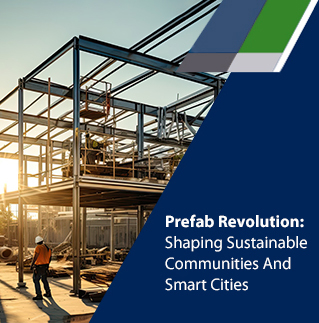
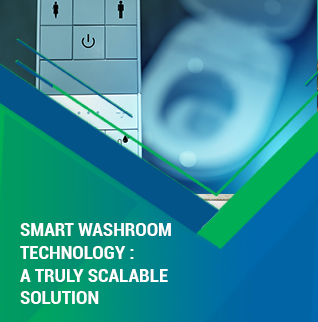
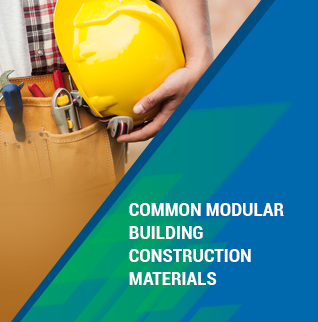

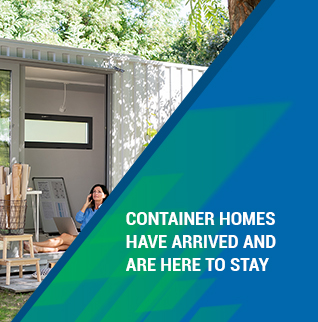
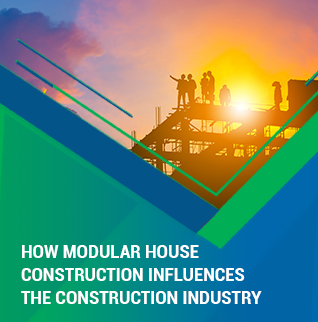
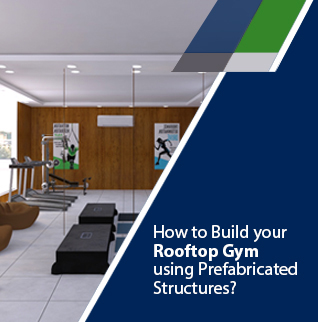
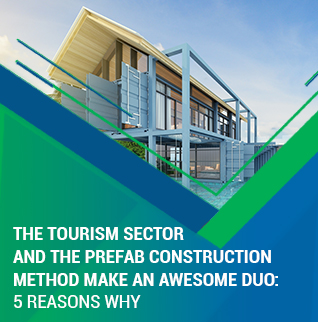

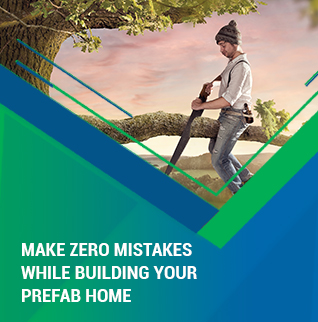
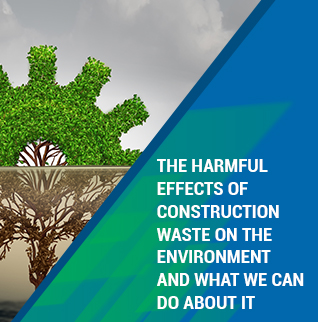
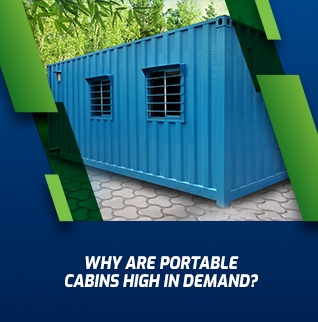

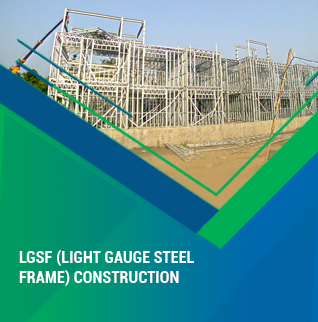
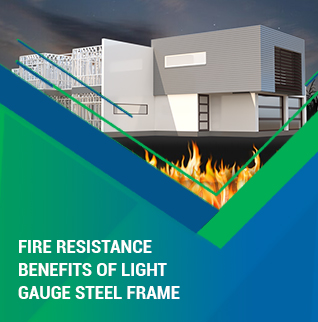
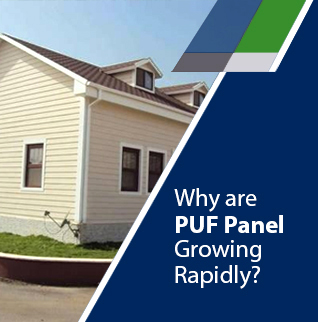
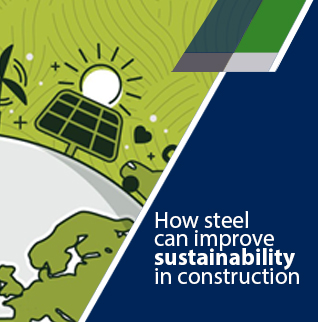

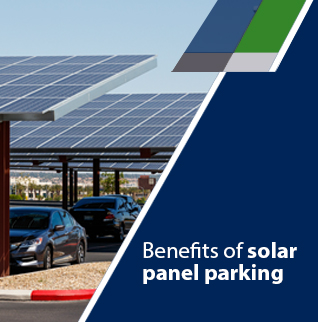
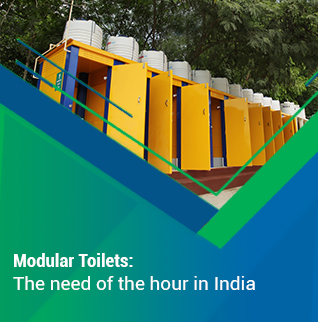
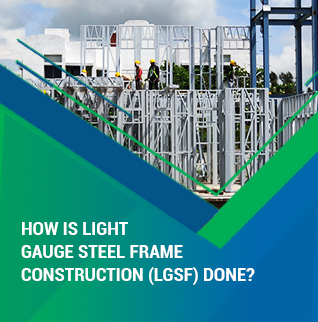
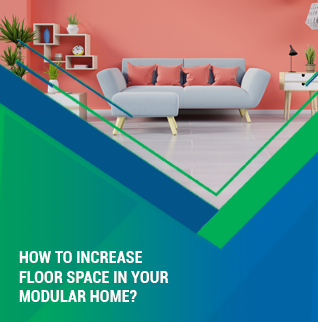
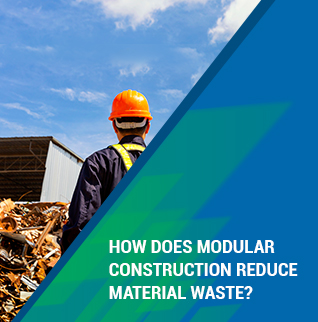
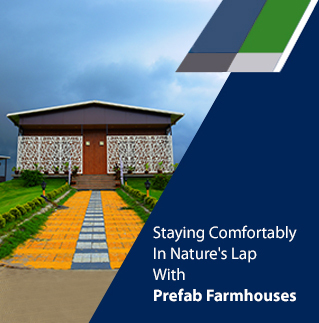
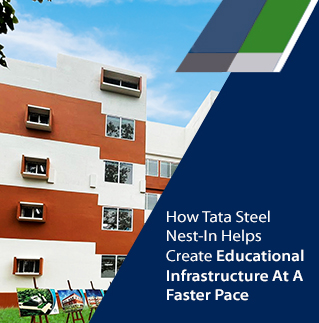
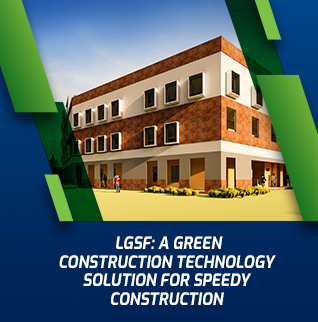
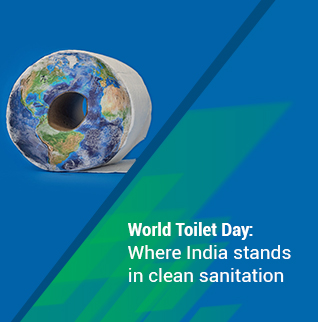

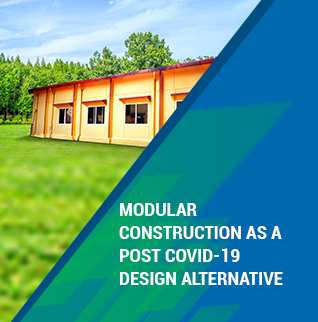
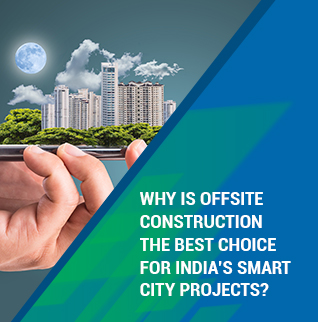
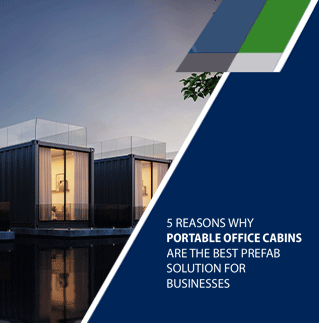
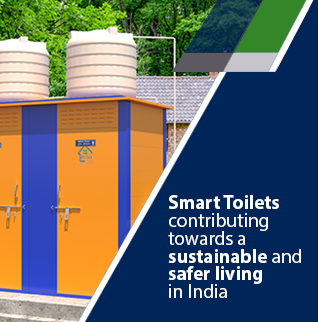
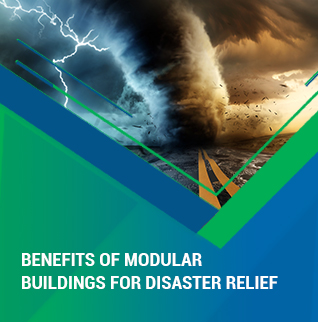
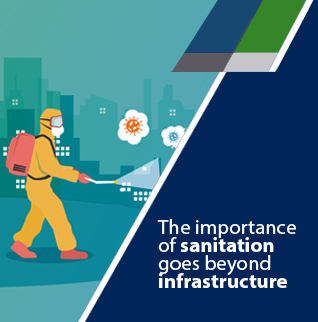
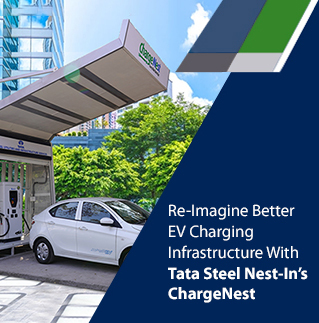
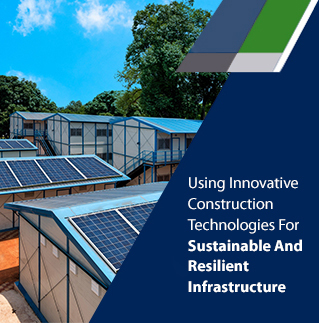
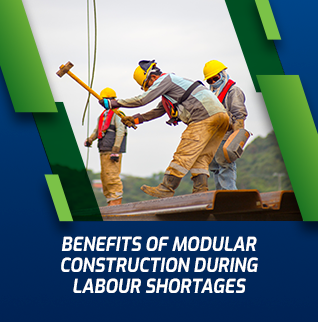
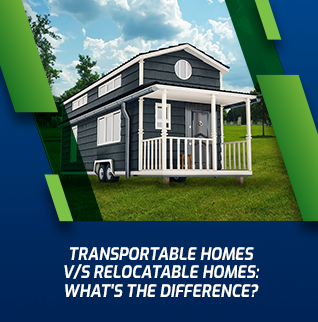
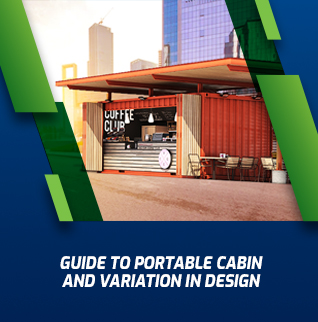
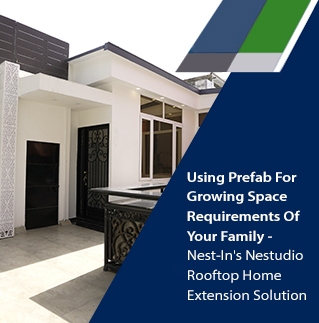

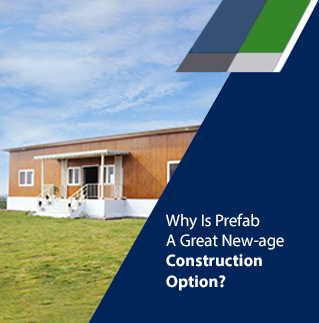
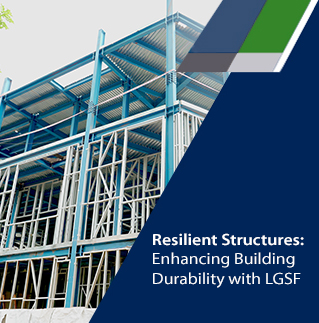
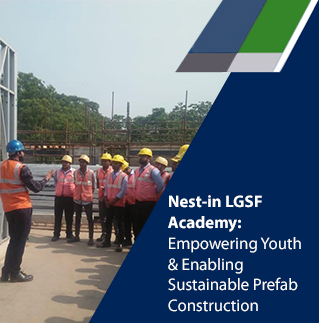
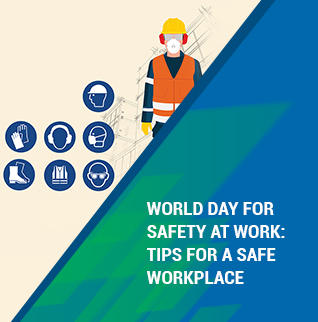
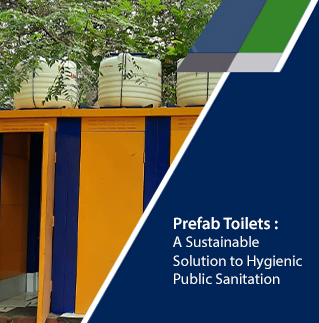
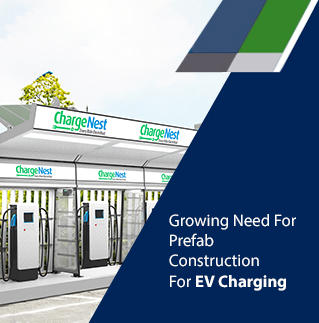
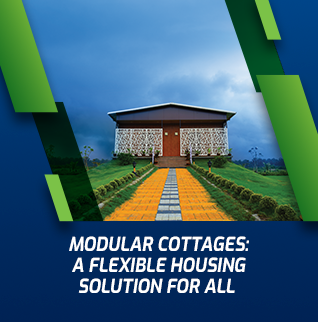
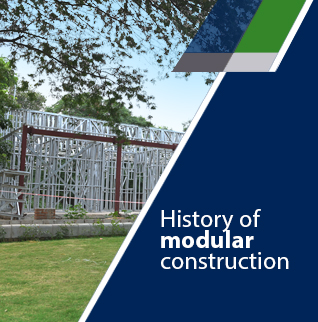
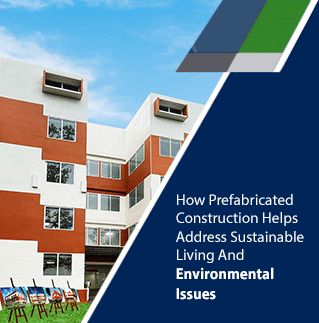
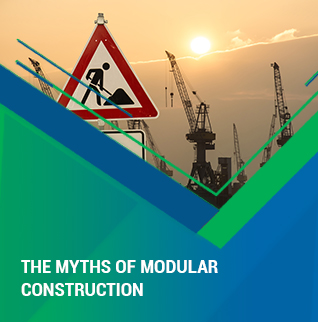
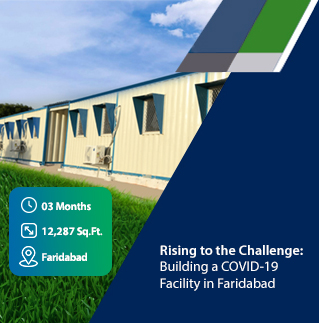

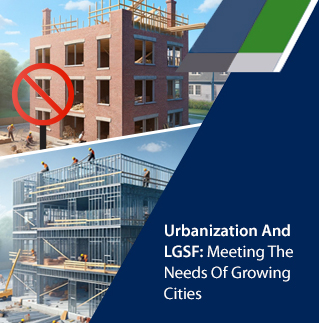

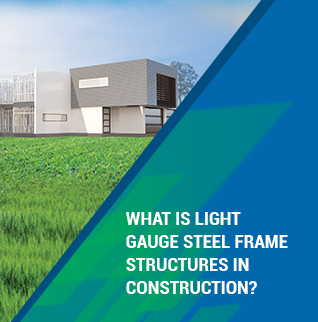
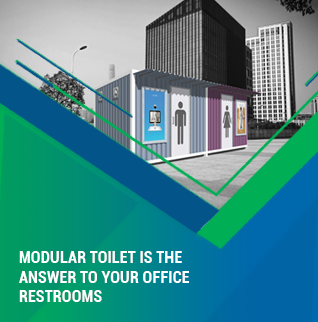
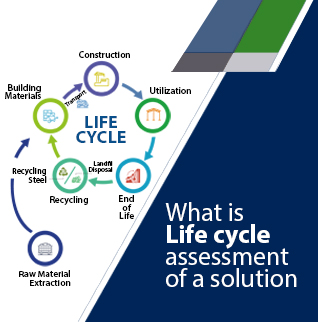
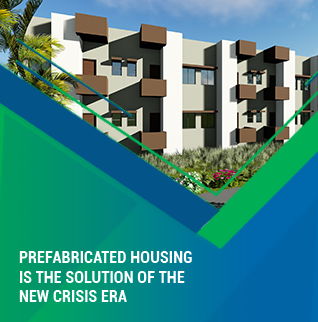
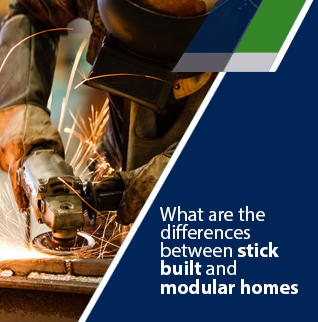
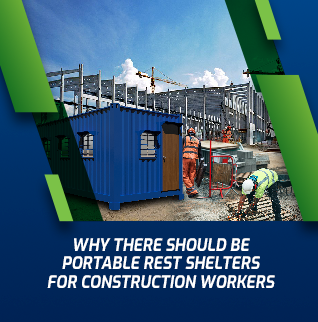
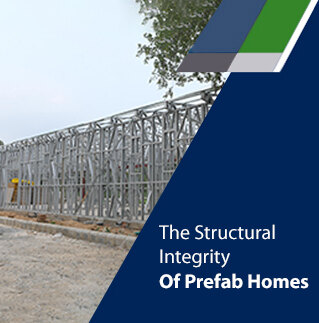
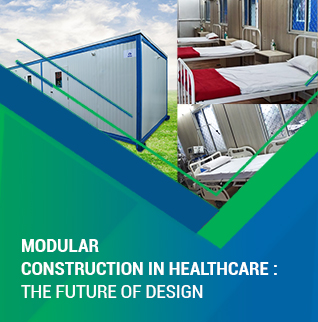
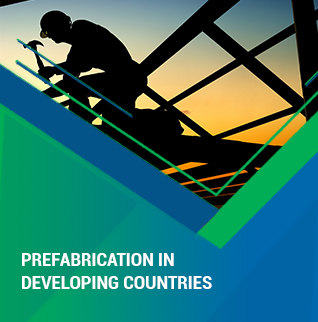
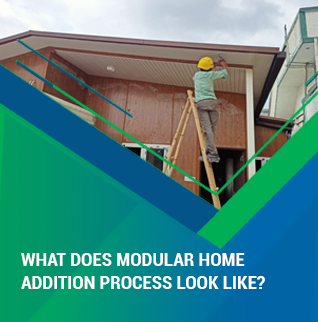
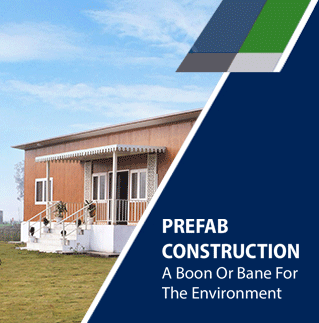
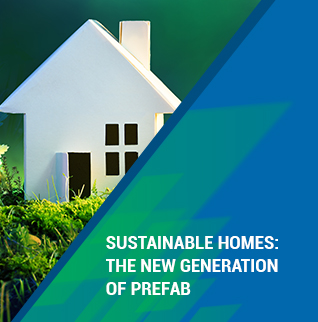
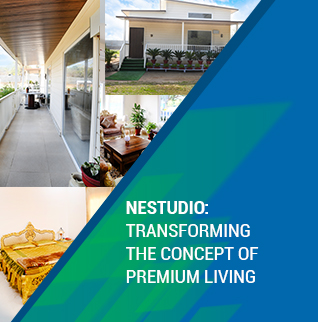
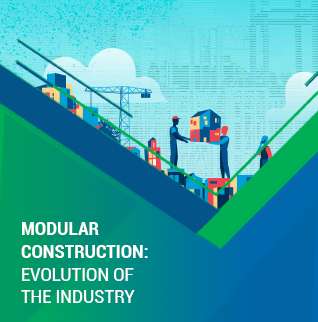
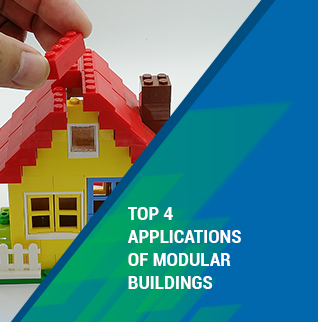
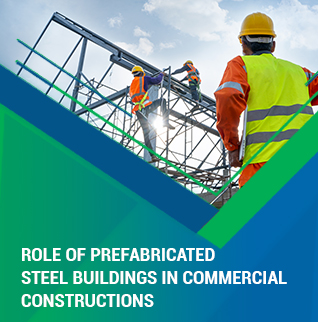
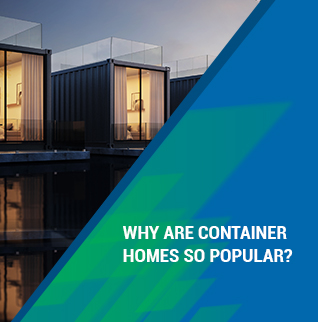
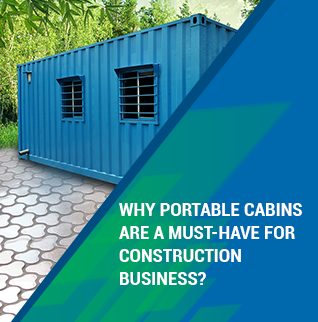
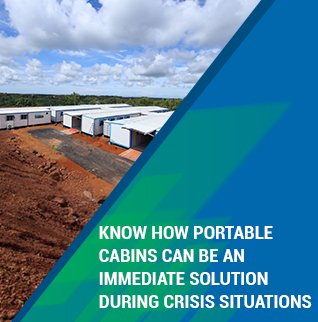
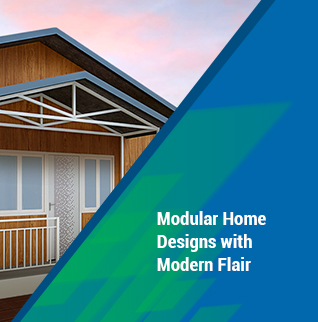
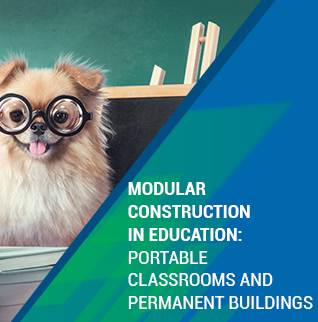

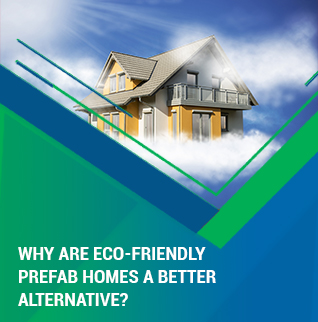
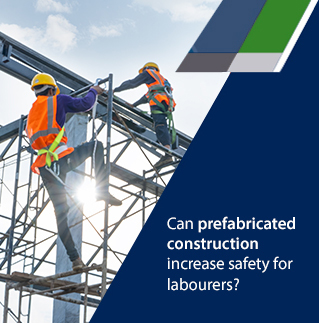
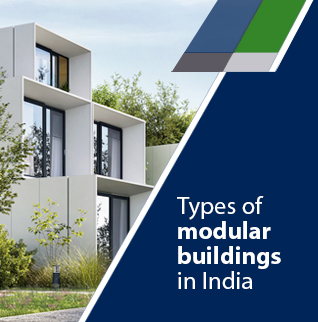
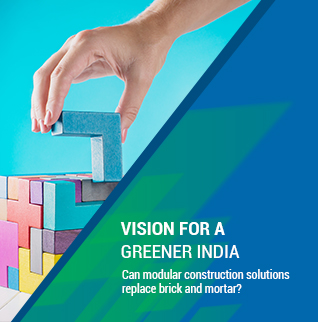

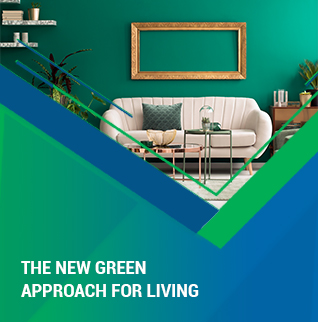
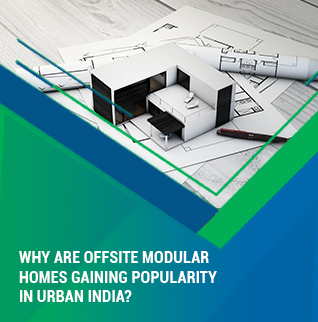
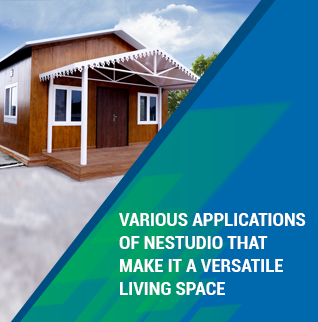
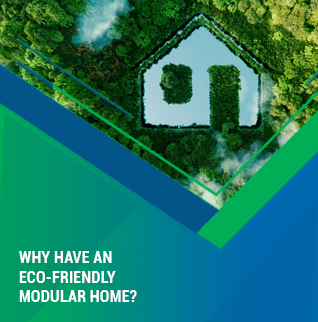
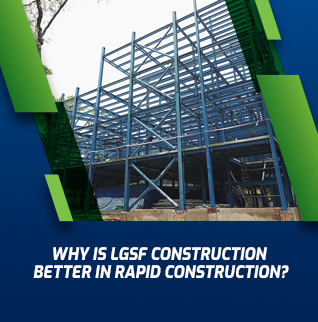

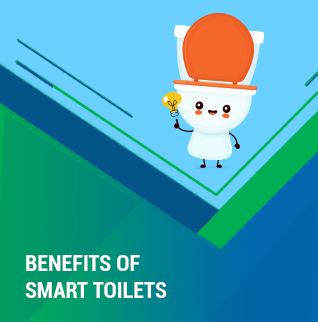
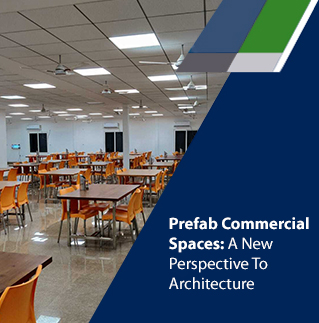
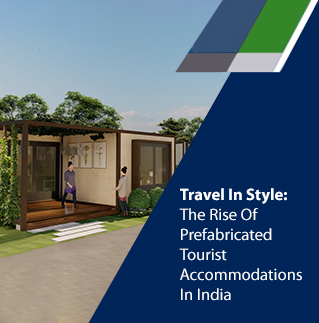
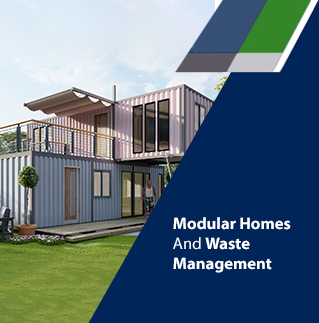

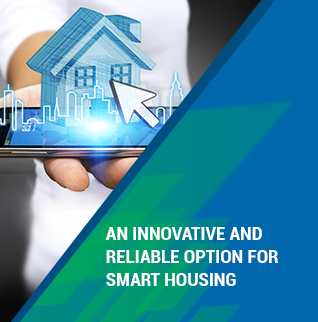
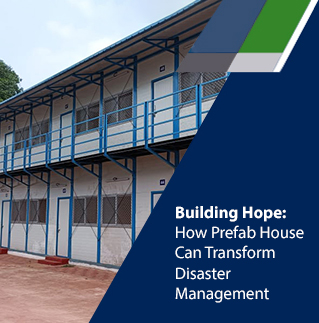

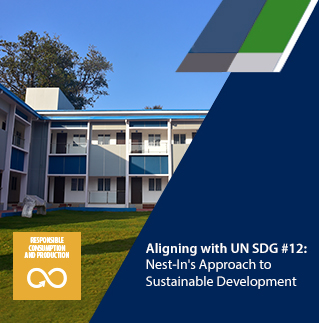
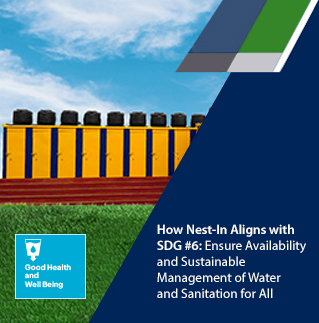
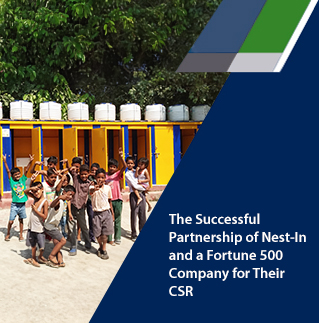
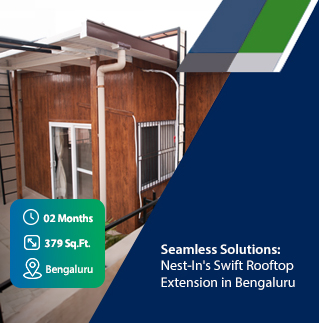
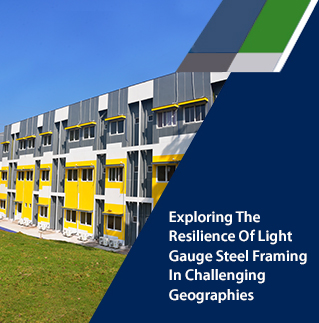
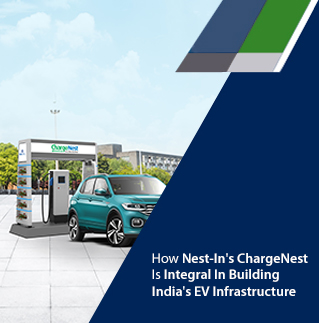
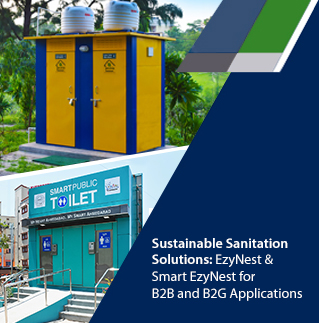
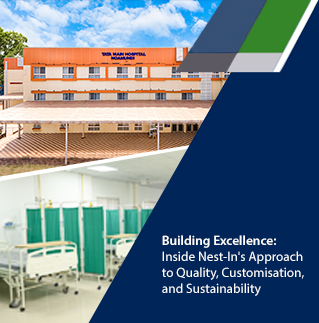
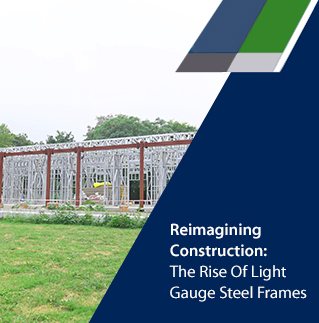
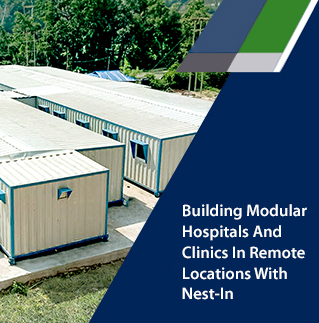
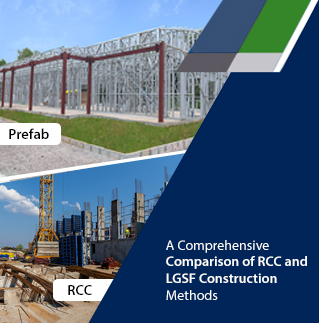
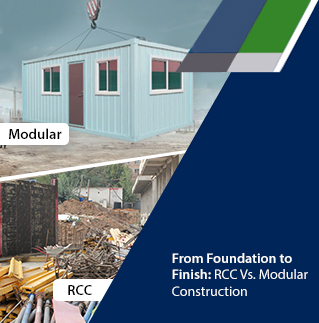
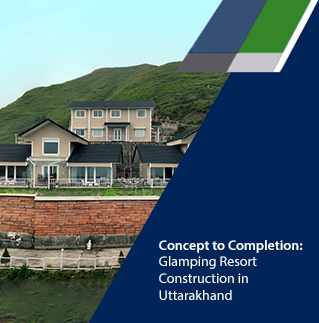
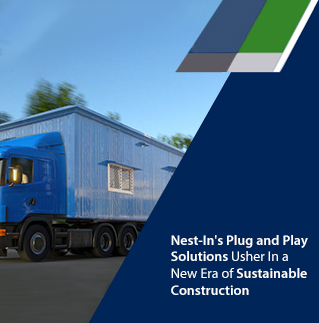
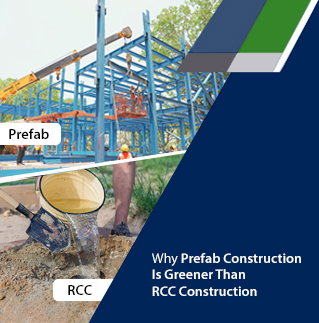
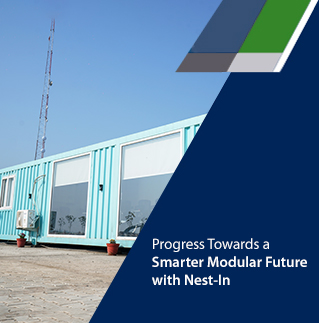
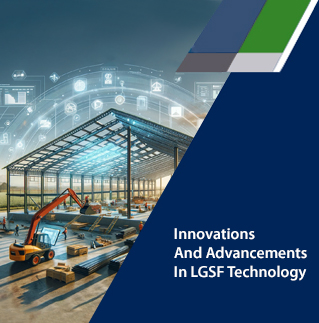
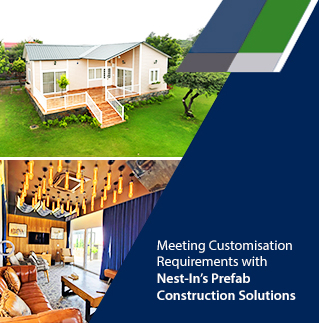
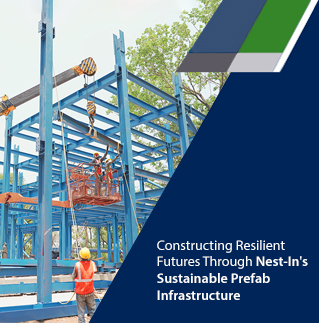
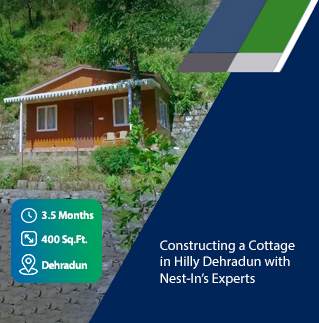
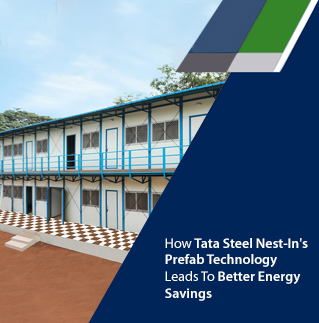
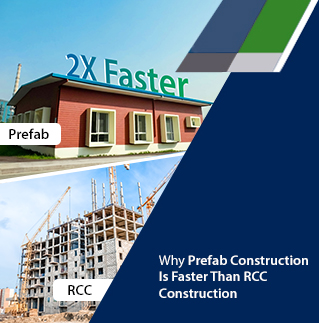
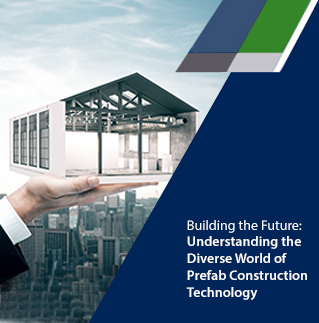
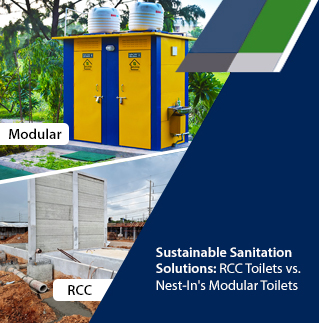
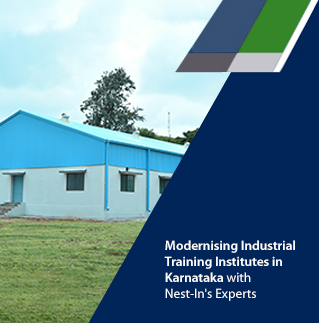
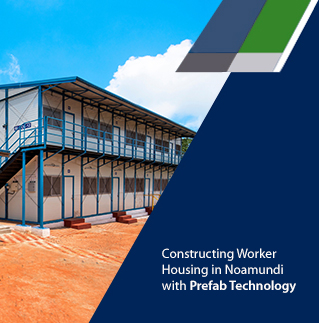
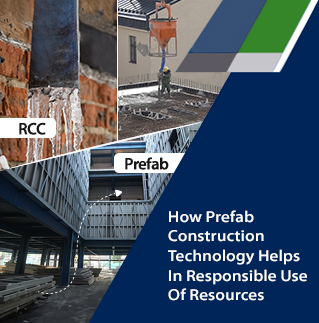
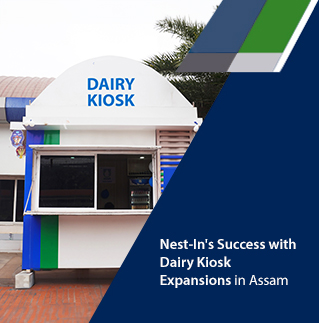
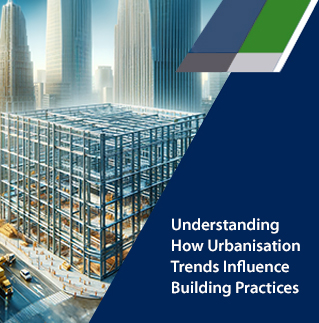
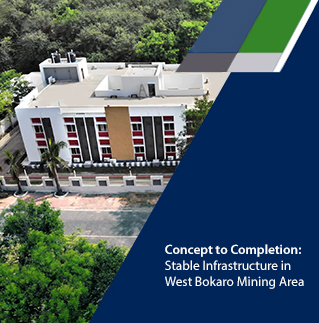
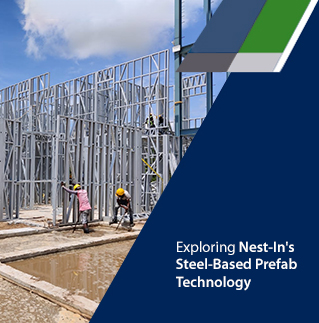
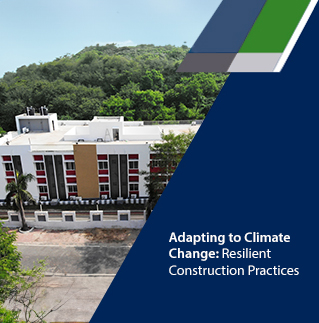
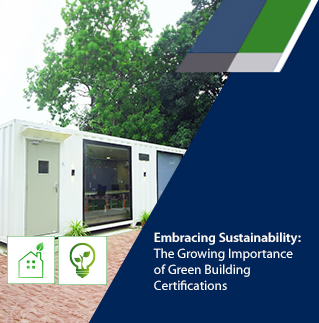
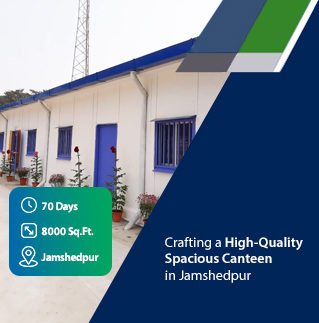


Add comment